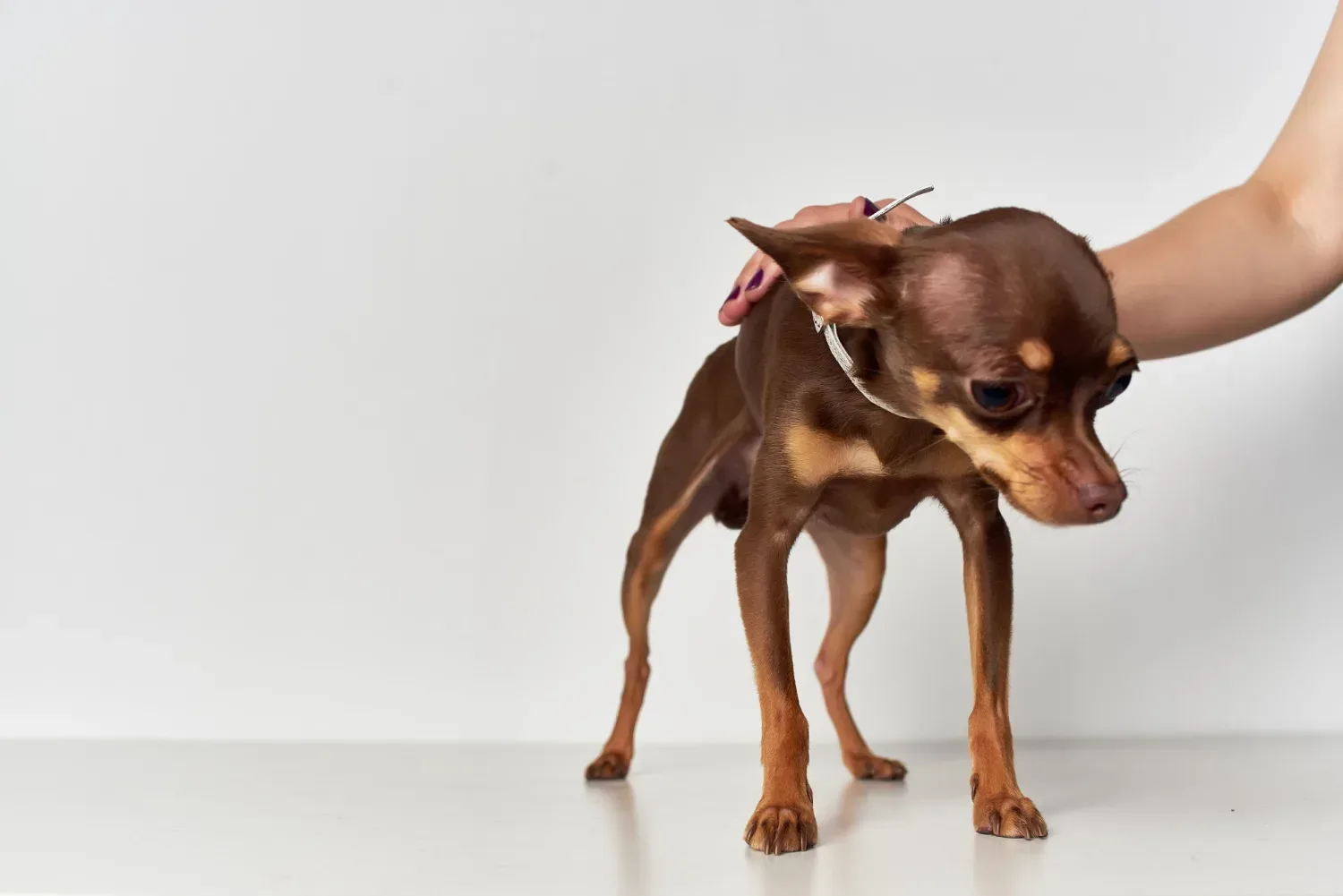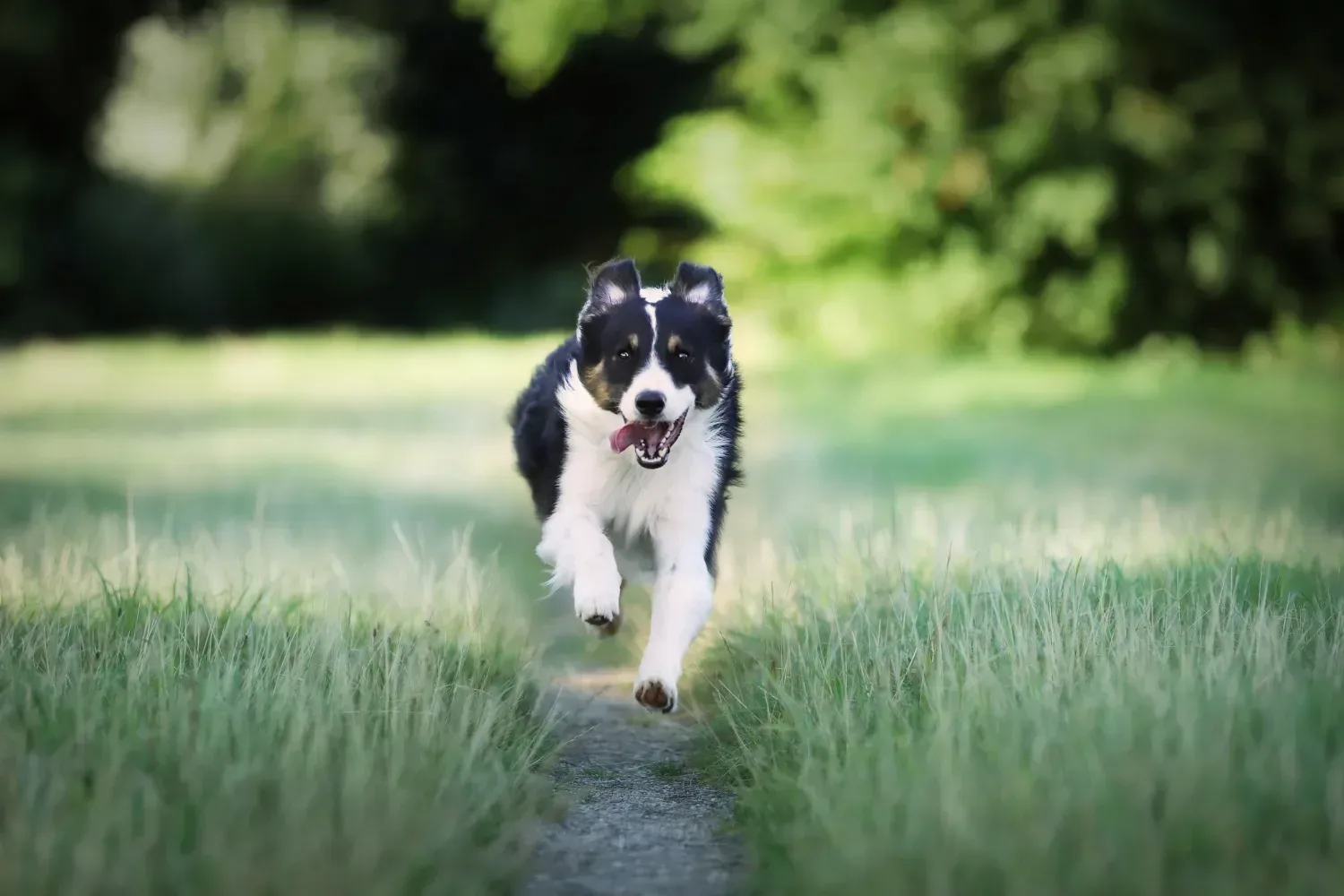
Doberman pinscher training
To begin your Doberman pinscher training, you must know the basic commands. These commands include: “Release,” “Come,” and the Name command. Your dog should also be taught to recognize “good” and “bad” people. It is important to take your Doberman for walks, play with him, and spend time with him, as bonding is vital to the success of Doberman pinscher training.
Basic obedience commands
Among the basic obedience commands for Doberman pinschers are the sit and stay commands. Both commands will prevent the dog from doing annoying things like jumping on people and getting into trouble on the street. The sit command is also the best way to get your dog to stay in place when you are not around. You can start teaching this command by holding an object in one hand and giving the treat to your dog when it opens its mouth and catches the object. Then, offer a second object, such as a bone, and reward the dog by giving the command “sit”.
As with any other command, give the release command after the behavior is performed. You should also praise and reward the dog immediately after performing it. Remember to integrate this command into the other commands as well. Incorporate a physical gesture with each command to help the dog learn the gesture and remember it. This will also help you maintain consistency in your training. Once your Doberman has mastered the basic obedience commands, future training will be much easier.
Start by teaching the sit command. You can teach this command with the help of a leash and collar. When you ask your dog to sit, say, “Come on boy!” in a cheerful tone. When your dog comes, release it by saying, “Okay!” and showing affection. You can try this technique over until it becomes second nature to your dog. Then, you can work on other commands, such as the down, stay, and come.
Release command
After every training session, it is important to give the release command to your Doberman pinscher. Many pet parents simply tell their dogs “Okay” when it’s time for a treat. But Dobies are creatures of habit. They thrive on routines and when they fall out of their normal schedule, they may react negatively or even lash out. Here are some tips for using the release command effectively.
When training a Doberman, you should never give in to its stubbornness. You should not reward stubbornness or persistent behavior with a treat. Remember that a Doberman is an intelligent and active dog and doesn’t like to be bribed. If your dog has stubborn behavior, don’t give up on them unless they completely stop ignoring you. It will take a few weeks to get them to obey, but the effort will be worth it.
The release command is very helpful when your dog becomes hyperactive. Use it when you want to settle him in a certain area. This is especially helpful when you’re working from home or need to talk to visitors. By using the release command, you can avoid the dog snarling or barking at you. Instead, use a treat to give your dog a reward and praise. A treat will help you relax.
Obedience classes
There are several reasons to enroll in Doberman pinscher obedience classes. Whether you’re new to this breed or you’re looking to further your knowledge of the breed, you’ll find the right classes for you. Here’s a brief overview of some of the key aspects of a good obedience program. First, remember that a Dobie is a smart dog. While they may be stubborn, this doesn’t mean they’re not trainable. This is because a Doberman can quickly pick up new commands, and a little bit of pressure should do the trick.
When it comes to training a Doberman, visual cues are invaluable. Not only do these dogs respond well to visual signals, but they also tend to study their owners. Whether you’re trying to teach your dog basic obedience commands or work on a more difficult discipline, you must make sure he enjoys the process. This will make the process more enjoyable for both of you. And once your dog gets used to the routine of training, he’ll be eager to learn more!
If you want your Doberman pinscher to be a well-behaved member of society, you’ll need to socialize him. Taking him to puppy kindergarten will help him socialize with other dogs. In addition to making sure he doesn’t fear new people and situations, puppy kindergarten will help you train your puppy not to be aggressive toward strangers. You can reinforce these skills by playing with him and rewarding his good behavior.
Vom Willebrand’s disease
Doberman pinschers are known to be prone to the inherited disorder von Willebrand’s disease (VWD). Although the causes of the condition are not fully understood, experts agree that the breed is susceptible to the inherited disorder. The onset of VWD can be gradual, and there are no symptoms in the early stages. However, if an affected dog does not exhibit any symptoms, it is important to undergo medical treatment.
A veterinarian will usually diagnose Von Willebrand’s disease after a surgery. A veterinarian will likely suspect the disorder if the dog is undergoing surgery. Bleeding during surgery can lead to death. Fortunately, the disease is largely preventable, and it can be controlled and managed by a dog owner. Veterinary care is required in severe cases. A veterinarian can administer a von Willebrand factor transfusion to treat severe bleeding episodes.
There are several breeds that are predisposed to Von Willebrand’s disease, including Doberman pinschers. The disease is genetic and affects only one or two percent of the population. Dogs with two copies of the disease’s mutant gene have the most severe form, but some dogs will display no clinical signs. Pet parents often report that their dog’s symptoms improve over time. To determine if your dog has this disease, you will need to know the dog’s pedigree history.
Symptoms of Von Willebrand’s disease
Although more than 30 different breeds of dogs are affected by von Willebrand’s disease, Doberman pinschers are the most commonly affected. The disease is caused by an ineffective or malformed von Willebrand factor, a protein required for proper clotting. When the factor is not present, the blood fails to clot properly, leading to excessive bleeding. The symptoms of von Willebrand’s disease in a Doberman pinscher are similar to those of hemophilia, but the latter is not.
In dogs with mild to moderate disease, blood transfusions and frozen plasma are often used. A veterinarian may also administer Desmopressin, a drug that raises the von Willebrand factor. In cases of severe von Willebrand disease, dogs may experience episodes of spontaneous bleeding or bleed from the nose, mouth, and genitals. These incidents can be life-threatening. A veterinarian should be consulted as soon as you notice any of these symptoms, as they can cause serious complications.
If you have a Doberman Pinscher, it’s important to undergo a von Willebrand disease test. This is especially important if you’re planning to breed your dog. However, if you’re worried that your dog might be genetically predisposed to blood clotting disorders, it’s a good idea to have it tested anyway. While there are no known cures for von Willebrand disease, it can be managed. Luckily, if it’s caught early enough, mild cases can be treated with minimal effort.
Getting started with Doberman pinscher training
The first step in Doberman pinscher training is teaching your puppy his name. Doing so will make training your dog easier. If you call your Doberman pinscher’s name at first, he won’t know what you mean, so repeat the action a few times until your dog responds. Early socialization is also important. Dobermans respond best to socialization when they’re young. Socialization includes going to the dog park and spending time with other dogs.
Doberman pinschers are naturally eager to please their owners. To make the process easier, prepare a treat bag and prepare a few treats. This treats will help you communicate effectively and help your dog learn good behavior. Doberman pinschers will respond to rewards that show that they are the alpha. Using treats to reward good behavior is one of the most effective methods of training Doberman pinschers.
A few health tests are necessary for a Doberman’s health. The Doberman Club of America recommends regular blood tests and x-rays. Hip dysplasia (a malformation of the hip joint) is a relatively easy disease to catch through a routine x-ray. Hypothyroidism is another health condition to watch for. It may be inherited but can be detected with a simple blood test.


